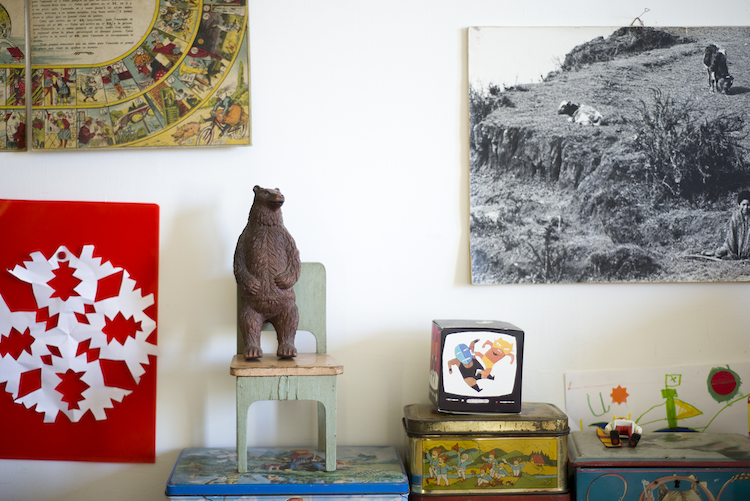A conversation with Plants illustrator, Marie Caudry (part 1)
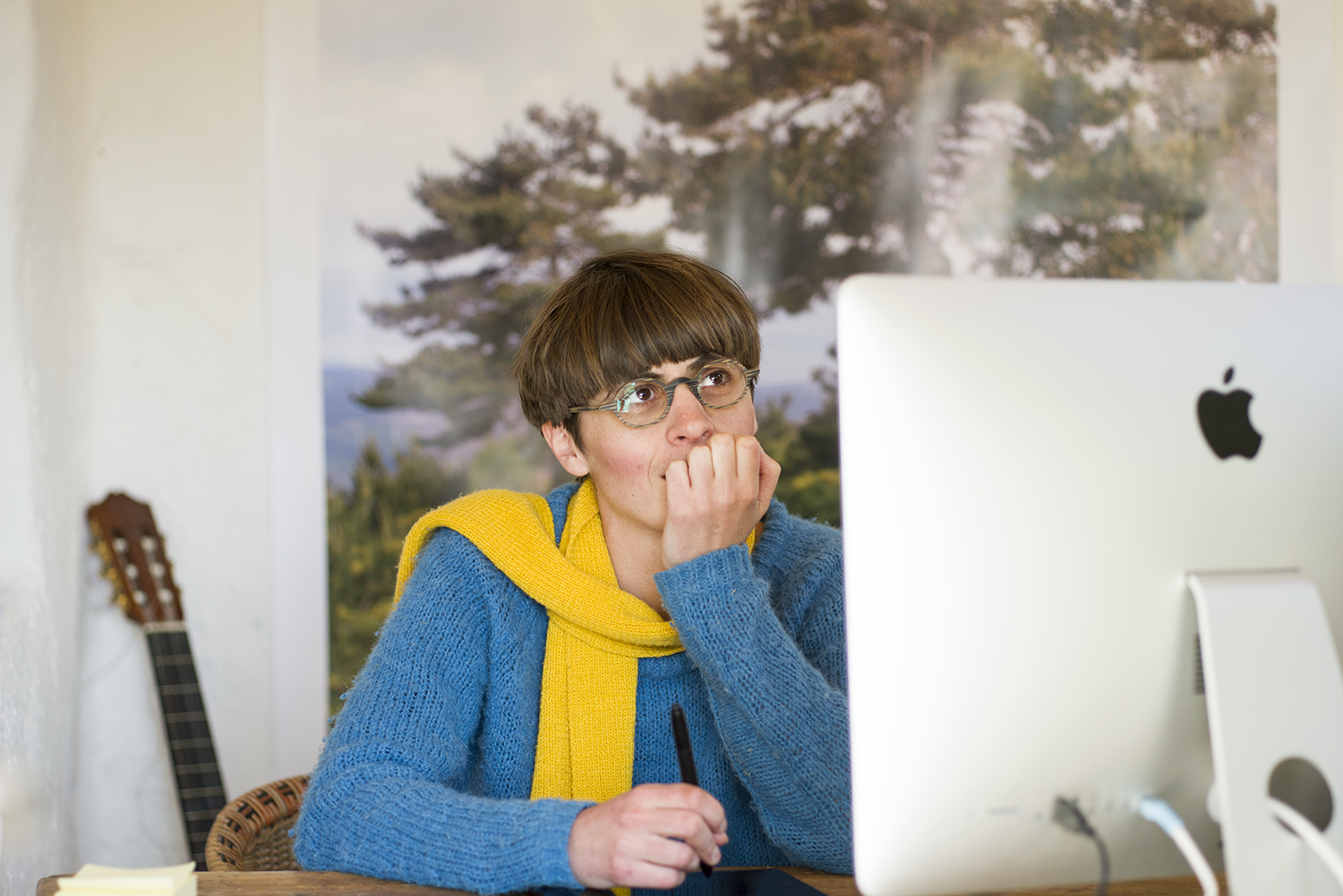
One of our favorite parts at the start of each app is choosing an illustrator. For Plants, we’re so pleased to work with the delightful Marie Caudry, a French artist whose drawings brim with beautiful, witty details (from googly-eyed badgers to springy palms).
In this two-part conversation, we dig into Marie’s methods and inspirations, including her top kid’s book picks. Read on, and catch the second half Friday!
Do you have a work ritual? What does it look like?
I drink some coffee. I turn on my computer. I look at my emails. I listen to interesting podcasts. I drink some coffee. I might look at one or two unusual pictures on Tumblr that make me feel like making up stories, and I carefully store them in my collection for later. I drink some coffee. I choose one of the playlists named Orme, Chocolate, Falaise, or Printemps Vert. I drink some coffee. I start work. I’ve drunk too much coffee.
What are your top tools to work with?
I have a 0.5 mechanical pencil that uses 2B lead and a 0.18 technical pen that does what it wants if I forget about it for too long. Also ivory, grained paper.
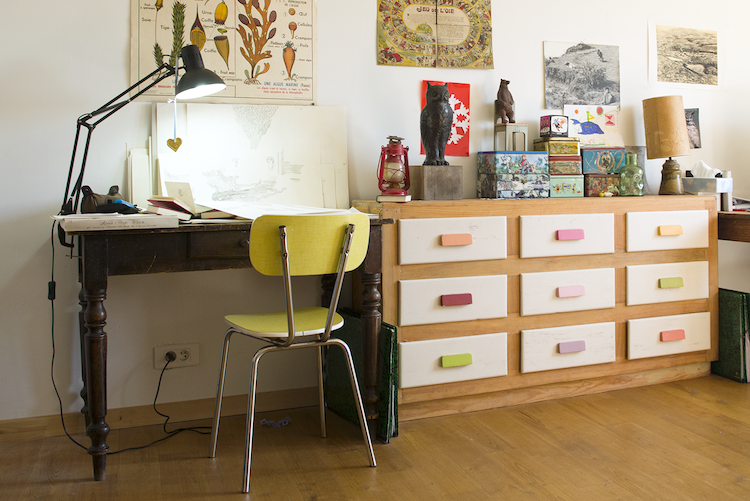
Have you worked on an app before? How does the medium affect your approach?
No, I’ve never created an app before. I usually illustrate books or make work for the youth press. But since I’m used to creating colors on a computer, working without paper doesn’t bother me.
On the other hand, for someone who has a sharp sense of detail, the act of drawing a rock that’s behind the tree, and drawing the bush behind that and so on is a dizzying experience. In place of the horizontal, cropped shapes we create for the format of books, another dimension is added. It’s stimulating and opens new horizons for me. (Editor’s note: Marie had to draw every object whole so it could be animated from multiple perspectives, instead of one object from one perspective for print.)
In terms of equipment, I’m going to have to get a tablet.
It’s strange to think that a job that took so much time to complete will take up no physical space in my library. It seems that this is a new step on my path.
How would you describe your illustration style?
I believe my style comes from the almost systematic use of the ligne claire (the clear line, with no shadows, dark contours), my color range, my trademark sense of detail, and—I hope—that difficult-to-define something that is the unique personality of the illustrator’s pencil strokes.
Your drawings are full of humor. Are these moments conscious decisions?
Yes, I play with my drawings in the same way a child plays with his action figures, giving them character traits, intentions, and a presence, and talking to them. This isn’t done in a thought-out, intentional way; rather, a good work moment is a moment of complicity with shapes. And as my work is addressed to children, I particularly want to bring tenderness and humor to all of these little people.
Which biome did you enjoy illustrating the most? Why?
I love the tundra. At the moment, I’m really attracted to these large, cold spaces. I tried to translate it through color: the purity of the air and the biting cold that made the contrasts very clear.
I also liked so much drawing nighttime in the forest. You imagine that strange and marvelous things happen in forests at night, like in A Midsummer Night’s Dream.
In the coming weeks I’ll visit the mangrove swamps. I’m so looking forward to this.
(Editor’s note: both the tundra and the mangrove swamps will be released with future app updates, alongside other new biomes.)
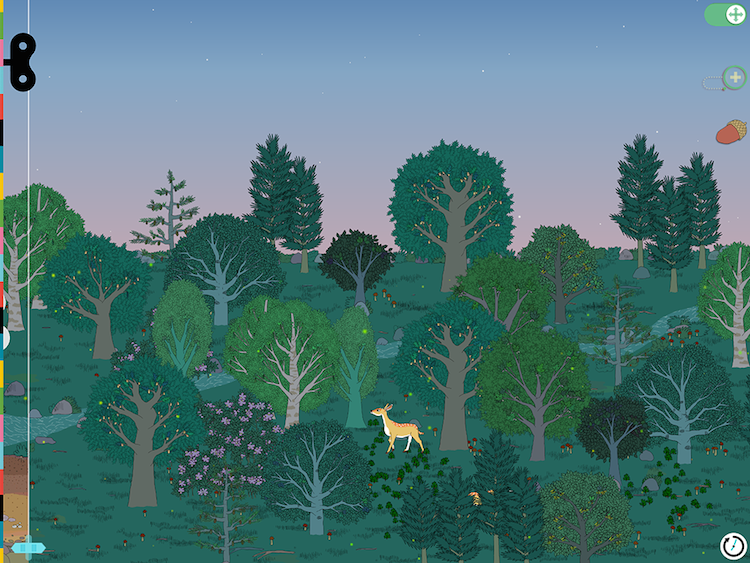
Outside of your field, whose work do you admire, and why?
Outside my field? Impossible, I only admire artists.
Obviously, I admire Miyazaki, Wes Anderson, and Michel Gondry for the incredible richness of their imaginations and the elegance with which they share it. They produce works for the public, but their works are both complex and profoundly original, almost private visions.
And novelists in general because they manage to create images with words.
I like going to contemporary art exhibitions that challenge and surprise me by shaking me out of the mental trap built of my own prejudices.
And I also like Daniel Clowes because he’s succeeded in creating really interesting characters that exist as vividly for me as characters do in a novel, which, to my mind, is rare and difficult to find in comic books.
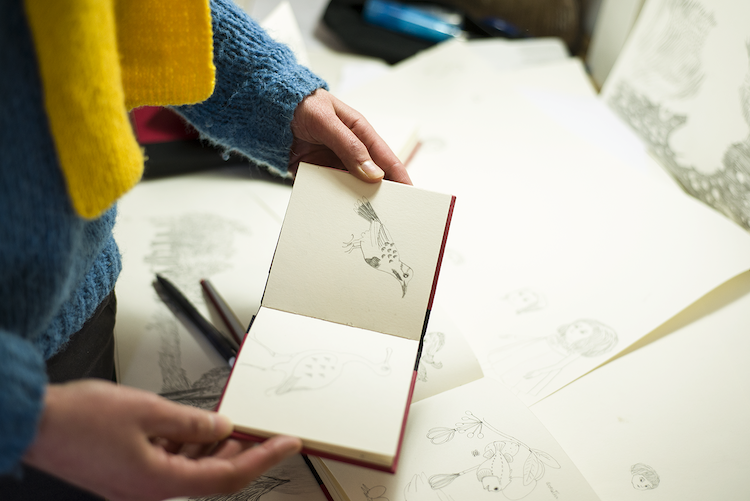
You can see more of Marie’s work on her site.
Photos by Antoine Picard.
One of our favorite parts at the start of each app is choosing an illustrator. For Plants, we’re so pleased to work with the delightful Marie Caudry, a French artist whose drawings brim with beautiful, witty details (from googly-eyed badgers to springy palms).
In this two-part conversation, we dig into Marie’s methods and inspirations, including her top kid’s book picks. Read on, and catch the second half Friday!
Do you have a work ritual? What does it look like?
I drink some coffee. I turn on my computer. I look at my emails. I listen to interesting podcasts. I drink some coffee. I might look at one or two unusual pictures on Tumblr that make me feel like making up stories, and I carefully store them in my collection for later. I drink some coffee. I choose one of the playlists named Orme, Chocolate, Falaise, or Printemps Vert. I drink some coffee. I start work. I’ve drunk too much coffee.
What are your top tools to work with?
I have a 0.5 mechanical pencil that uses 2B lead and a 0.18 technical pen that does what it wants if I forget about it for too long. Also ivory, grained paper.

Have you worked on an app before? How does the medium affect your approach?
No, I’ve never created an app before. I usually illustrate books or make work for the youth press. But since I’m used to creating colors on a computer, working without paper doesn’t bother me.
On the other hand, for someone who has a sharp sense of detail, the act of drawing a rock that’s behind the tree, and drawing the bush behind that and so on is a dizzying experience. In place of the horizontal, cropped shapes we create for the format of books, another dimension is added. It’s stimulating and opens new horizons for me. (Editor’s note: Marie had to draw every object whole so it could be animated from multiple perspectives, instead of one object from one perspective for print.)
In terms of equipment, I’m going to have to get a tablet.
It’s strange to think that a job that took so much time to complete will take up no physical space in my library. It seems that this is a new step on my path.
How would you describe your illustration style?
I believe my style comes from the almost systematic use of the ligne claire (the clear line, with no shadows, dark contours), my color range, my trademark sense of detail, and—I hope—that difficult-to-define something that is the unique personality of the illustrator’s pencil strokes.
Your drawings are full of humor. Are these moments conscious decisions?
Yes, I play with my drawings in the same way a child plays with his action figures, giving them character traits, intentions, and a presence, and talking to them. This isn’t done in a thought-out, intentional way; rather, a good work moment is a moment of complicity with shapes. And as my work is addressed to children, I particularly want to bring tenderness and humor to all of these little people.
Which biome did you enjoy illustrating the most? Why?
I love the tundra. At the moment, I’m really attracted to these large, cold spaces. I tried to translate it through color: the purity of the air and the biting cold that made the contrasts very clear.
I also liked so much drawing nighttime in the forest. You imagine that strange and marvelous things happen in forests at night, like in A Midsummer Night’s Dream.
In the coming weeks I’ll visit the mangrove swamps. I’m so looking forward to this.
(Editor’s note: both the tundra and the mangrove swamps will be released with future app updates, alongside other new biomes.)

Outside of your field, whose work do you admire, and why?
Outside my field? Impossible, I only admire artists.
Obviously, I admire Miyazaki, Wes Anderson, and Michel Gondry for the incredible richness of their imaginations and the elegance with which they share it. They produce works for the public, but their works are both complex and profoundly original, almost private visions.
And novelists in general because they manage to create images with words.
I like going to contemporary art exhibitions that challenge and surprise me by shaking me out of the mental trap built of my own prejudices.
And I also like Daniel Clowes because he’s succeeded in creating really interesting characters that exist as vividly for me as characters do in a novel, which, to my mind, is rare and difficult to find in comic books.

You can see more of Marie’s work on her site.
Photos by Antoine Picard.
Parlez-vous Français? Read Marie’s interview in French.

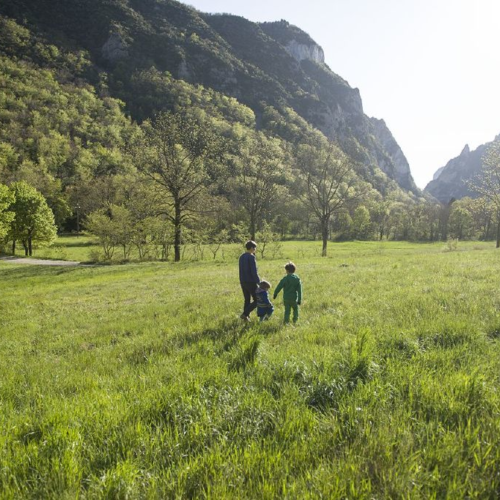
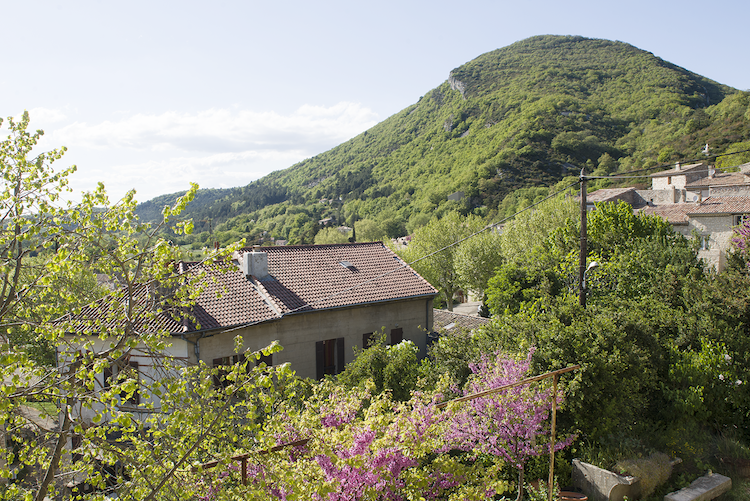
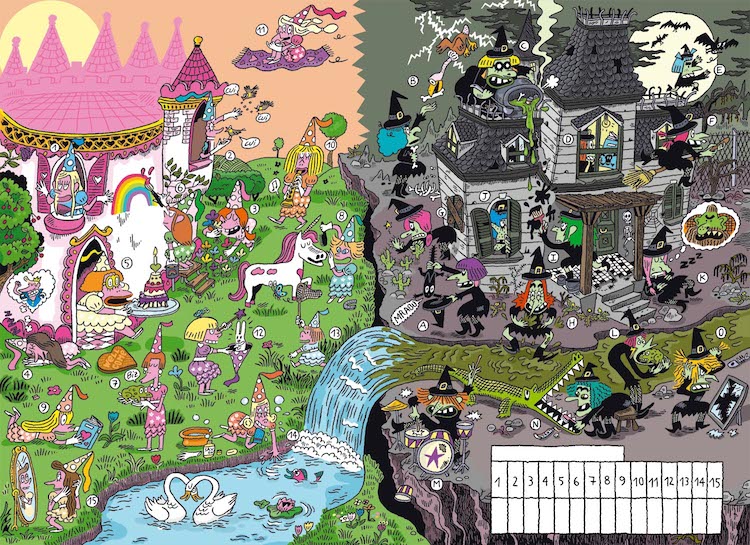 Illustration by Aurore Caillas.
Illustration by Aurore Caillas.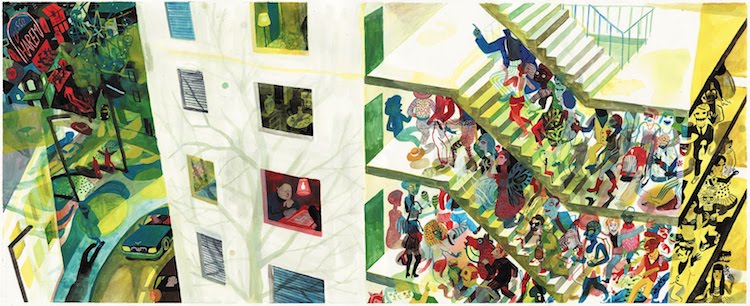 Illustration by Brecht Evens.
Illustration by Brecht Evens.